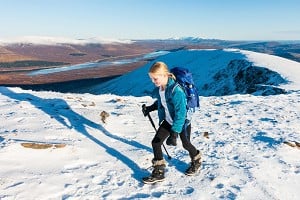
The Black Ice 30 is an appealingly simple, small alpine pack, designed primarily for climbers, be they alpinists, icefall climbers, Scottish winter warriors, scramblers, or ski mountaineers. Of course there is no reason why you can't use it at any time you need a small daypack, but clearly the Black Ice is intended principally as a pack for steep places.
Exped have a number of different ranges of packs, and different volume models within the separate ranges, but perhaps as a Swiss company, it may come as little surprise that most are alpine focused. Indeed, there are a number of other models that look very close to the Black Ice. The Whiteout range is essentially the same models as the Black Ice but made out of very light white dyneema fabric. But this lightness comes at a serious price increase - they are almost double the price of the comparably sized Black Ice packs. The Serac range is a roll-top, top-loader, like the Black Ice, but has more features and a greater focus on ski mountaineering over climbing. The Serac packs remain impressively light for their size, but the Black Ice range is even lighter - on my scales the Black Ice 30 in medium being reviewed here, weighs a paltry 690g, which is 50g LESS than Exped's stated 740g!
Material, construction and durability
So the Black Ice 30 is very light. The flipside of lightweight tends to be a lack of durability - an issue that comes up regularly in forum discussions attached to reviews. Super lightweight gear is obviously of limited worth if it fails very quickly. It is clearly wasteful from an environmental point of view, but more immediately for mountaineers, your bag failing in some way, at best, could be a real inconvenience and, at worst, put you at risk. But what is great about the simplicity of the Black Ice 30 design is that, while it is ridiculously light, it also seems to be as tough as old boots. The Black Ice is made with "400 D HD ripstop nylon", it is "TPU film laminated". Exped state it will resist a 10,000 mm water column, meaning the fabric is waterproof; additionally all the internal seams and stitching is taped - an unusual detail in a pack. Add to this the roll top design, and Exped are happy claiming it to be "100% waterproof" (although they do add to that "not designed for immersion" so it is still a climber's pack, not one designed for canyoning or other water-based endeavours). It has certainly been completely waterproof in use in the soggy British mountains for me so far.
while it is ridiculously light, it also seems to be as tough as old boots
Another recent discussion in the forums in relation to reviews is that they can't say much about long term durability. This is a fair criticism, but a difficult one to get around. In the case of the Black Ice 30 I've had it for about three months and, despite the pretty sad start to the winter season in England in Wales, it has done two winter mountaineering days in Snowdonia and one in the Lakes where I climbed a number of moderate routes on Brown Cove Crags. Additionally it has done a bunch more days out in the Peak, scrambling on Kinder and on Bleaklow, and lugging climbing kit to various crags, as well serving as a day pack when out for walks. It has performed very well, and beyond losing an ice tool holder (see below) and getting some muddy marks on it, remains in perfect condition.
To get a better view of the probable longevity of the Black Ice 30, I spoke to my old friend and climbing partner, Dave Smith, who has had an Exped Serac - made of the same material - for, he thinks, about five years. He says it is the best pack he has used in the last 40 years and, in particular, that the material seems indestructible. A Finnish-resident Brit, Dave is an active climber, ski mountaineer and sailor, often mixing those interests together, for example with yacht-based ski explorations and climbing trips in Arctic Norway. I imagine his pack has probably seen more use than most, with perhaps only guides and instructors getting more use out of theirs. Exped provides a five year guarantee with their packs, so this suggests they believe the Black Ice is designed to last. Nothing so far suggests to me that I shouldn't expect the same durability out of the Black Ice than Dave has had with his Serac.
Carrying system
Well, this is simple: two shoulder straps with an adjustable chest strap, a removable 50mm webbing waist belt with no padding, and a plain back panel made of the same nylon as the rest of the pack. The back panel sheds snow as easily as the rest of the pack - there are literally no nooks or crannies that allow snow to collect. I have found taking the pack off after a steep hike that I can actually see moisture - well, let's not be coy about it - sweat on the back panel. But it's not that I don't sweat when using more ventilated back systems, they just do a better job of hiding it. So don't expect any fancy ventilation with the Black Ice. Accessible from inside the body of the pack is a foam sheet that gives the back some padding. This is removable if you want to save a few more grams although there is much more chance then of spiky things in your pack being uncomfortable against your back.
I reviewed the medium sice Black Ice 30 (48-52cm back length), but it also comes in small back length (42-47cm) for those shorter; the larger capacity Black Ice 45 is available in M or L (53-57cm back length). There is no women's specific model and not being a woman I can't say whether the one model is comfortably unisex or not. Perhaps strap shape and so on matters less with smaller packs with simple back systems, or perhaps it is a reflection of what brands think is an economic reality, that they can't sell enough women's specific models to justify making them.
Design
Inside the pack it is all white - perfect for being able to find things even in poor light. There is an internal zipped pocket - not massive but enough to take a wallet, keys, perhaps a small power bank or a smaller guidebook (my 2002 SMC Ben Nevis guide fits, but a Rockfax doesn't). Once the main body of the pack is full, this zipped pocket is a bit of a pain to get into. It suits things you won't need all day better than things you might want out more regularly.
On the outside of the pack is another, larger zip accessed pocket. The zip is the water resistant type, and while I've not had a problem with anything in the pocket getting wet, it is outside of the main body of the pack so I suspect not considered 100% waterproof in the same way. Again, when the pack is filled getting much in this pocket is a struggle. There is a mysterious pleat inside the pocket in the material that forms the main body of the pack - I think this is there to ensure the pocket isn't completely flat against the main body of the pack (which would make it even harder to put anything in there when the pack is full). The pleat does give the pocket a bit of volume but, still, on mountain days where the pack is full to capacity, I've found the pocket works fine for my map, compass and not too much else - some jelly babies or peanuts perhaps but getting even a normal sized head torch in is a bit of a struggle.
As noted before, the pack closes with a roll top design. This is stiffened around the opening and works very well. There is a fastex buckle with the female and male ends at each end, so once you have rolled the top down a number of times, you simply clip the ends together. On Exped's product video they show an alternative method where you put karabiners through the two tape loops that the halves of the fastex buckle are on. Then once you roll down the roll-top, rather than clicking the fastex buckles together, you clip the two krabs through small tape loops on the side of the body of the pack (there are three on each side, high, in the middle, and near the bottom of the pack). At least when the pack is mainly full there seems to be no real advantage in this. If the pack is very close to empty it might help compress it more, but you either need to buy Exped's specially made clips (which another review said are rubbish and he cut them off his bigger Black Ice that came with them in-situ), or use your own. If you are going climbing you'll have lots, but not if you are going walking! It seems the most likely time you'll have an empty pack is when you are doing technical climbing, at which point you probably want all your 'biners on your harness ready to clip gear with, not holding your pack closed! For me the fastex buckle closure method works absolutely fine, so this alternative method seems a bit superfluous - but perhaps others will find it works for them.
There is an attached strap that goes over the top of the pack from between the shoulder straps and connects up via a sliding hook buckle to another loop of tape on the front body of the pack. This helps compress the top of the pack if necessary, but seems mainly designed for attaching a coiled rope (it also comes into play for carrying skis on the pack but I've not needed this yet). I've never been particularly fond of carrying ropes over the top of my pack outside, so have generally gone for 40 to 50 litre packs for Scottish winter climbing and the like where I can shove everything in, particularly at the top of the route when you just want to scarper down and out of the inevitable blizzard. But, having tried it with the Black Ice 30, it works OK and then having a much smaller, lighter pack is a joy when you are actually doing hard climbing - whatever 'hard' means to you. It also seems to be increasingly the way that the guides and other pros seem to be doing it these days, and we all know deep down that anything that makes us look a bit more 'pro' has to be cool! The rope holder strap is permanently attached and it can be a tiny bit annoying that it needs to be used, even when you have no rope to hold up there. But, as we get on to the problem of the removable ice axe loops, the fact that this strap isn't removable is probably a good thing as it means I can't lose it even if I might curse it under my breath as I fiddle in thick gloves to connect the hook buckle correctly.
And so the final major design point, and perhaps the only weak point to my mind: the ice axe loops. Firstly the pack has no side compression straps, so Scottish winter climbers who argue the safest and most practical place to carry tools is shoved down them will be disappointed. Ice tools are held on by the 'traditional' way upside down: the head of the tools at the base of the pack and then a strap holding the handle of the tool higher up. There are two loops at the base: one is adjustable, the other not. The adjustable loop can be made really quite large so you can put skis through it. The loop will hold them at the heel section of the bindings and the rope holding strap holds the top of the skis to the top of the pack, in the diagonal carry method. This, incidentally, doesn't work well with many telemark bindings that lack any heel section but I accept this is a very niche criticism!
Back to ice tools - the adjustable loop can be set at the same size as the non-adjustable one and used in the same way as the fixed loop to its left for tools with adzes. But with many modern tools with small or no hammers this isn't very secure - and it is better to use Exped's suggested method of shortening the loop to just long enough to pass it through the hole on the head of your tool then clip a krab through it to hold it in place. This works well, just fiddle with the loop in the warm, the night before to get the perfect length, rather than trying to do it with frozen fingers in the Cairngorm ski car park or similar! The fixed loop is the type where you pass the tool down through it before you flip the tool up to sit against the body of the pack. The loop held all my tools with adzes fine - from the curly DMM Switch with its mini-adze, through to a basic straight-shaft walking axe. If you have two tools with only hammers or no-hammers this loop will be too big to use the classic way; here's where Exped's threading method is needed - although it might be a bit jangly as it can't be tightened easily.
Exped have elected to use elastic loops attached to a daisychain to hold the handles of the tools higher up, These are, to be frank, a bit rubbish. The widget on the end of the elastics pulled off the first time I tried it - you can simply tie a knot in the elastic and bodge it that way but even if it's just "a thingy on the end of the elastics", it's not very impressive on a pack of this cost. I eventually got the widget back on with liberal use of screwdriver and brute force, but it's the type of task where I always feel there's a good chance I'm about to accidentally stab myself in the hand or cut a finger off if using a Swiss army knife.
I needn't have worried though, because on the first day out with tools attached to the pack I lost the elastic loop, widgets and all, presumably when taking my ice axe off the pack. Exped had just wrapped the elastic around the daisychain in a lark's foot. I remember thinking it didn't look very secure but did nothing about it, so I'll happily take responsibility for that, but it remains a poor design. Fortunately in my gear spare bits box I found a similar sized loop of elastic with a plastic clip-widget on it - it might be something from a tent I've never used, or perhaps it fell off another rucksack and I picked it up, but I've untied the loop, put it through different loops of the daisy chain and re-tied it to make it semi permanent. I still haven't found a good way of managing this with the Exped original! And if anyone finds a loop of red elastic with plastic widgets on it near the start of Crib Lem, thank you very much for picking it up and putting it in either your own spare bits and bobs box or in a litter bin.
Overall
The Exped Black Ice 30 is an excellent pack in many ways. It seems very well made from high quality materials and should last well. It does not have many features but is very light and easy to climb with as a result, and that seems to be its prime remit. With an RRP of £150 it is not cheap by any means, particularly for a smaller pack and relatively simple design. But other well regarded packs of similar type from manufacturers, like Exped, known for quality and design, are similar in price or even more expensive. My sense is that if you buy a Black Ice you won't need to replace it for a long time so some may well consider the investment a good one. The smallness and the lightness of the Black Ice 30 are a pleasure when climbing, although that has to be weighed against having to pack carefully to fit everything in that you may want for winter climbing in the UK mountains. The Black Ice 45 is also available though for those who think they do need additional space, but I've really enjoyed thinking carefully about what I really do need for winter climbing, and enjoying a smaller pack as a result.
Exped say:
The Black Ice packs are minimalist lightweight roll-top load carriers that meet the needs of modern alpinists and high altitude climbers. Extensively field tested features, combined with clean design and clever manufacturing solutions deliver a pack for fast and light alpine and expedition use. The lean and compact form ensure direct load transfer. 100% waterproof construction.

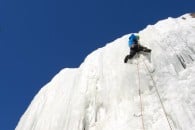

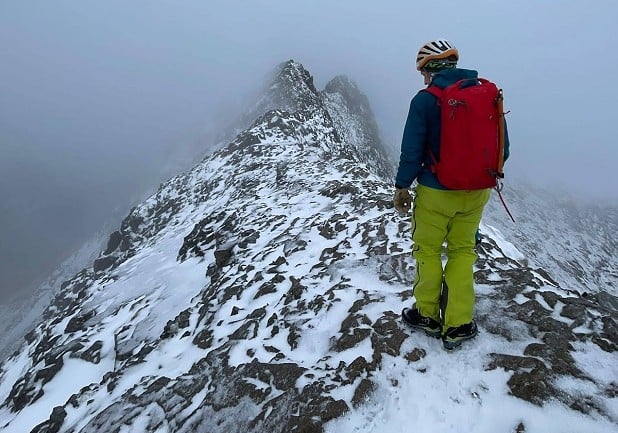
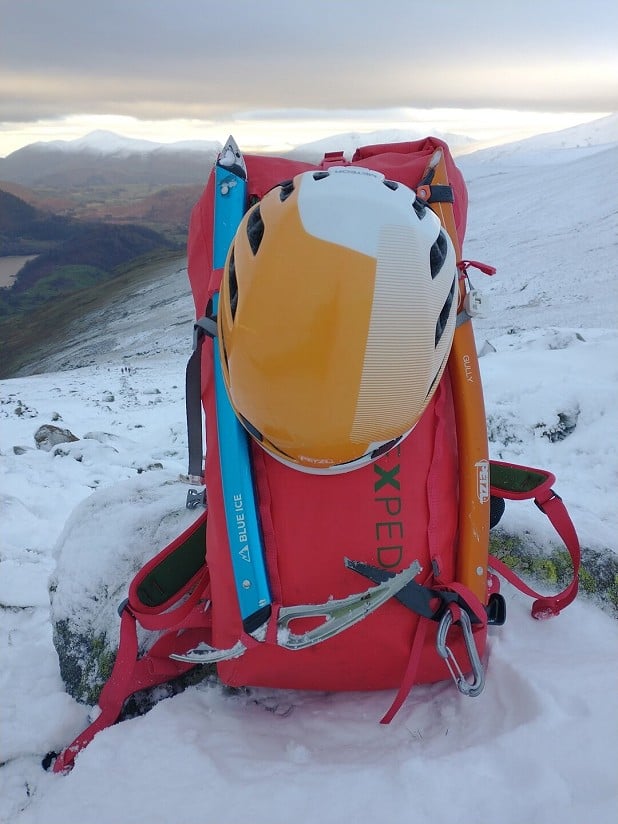
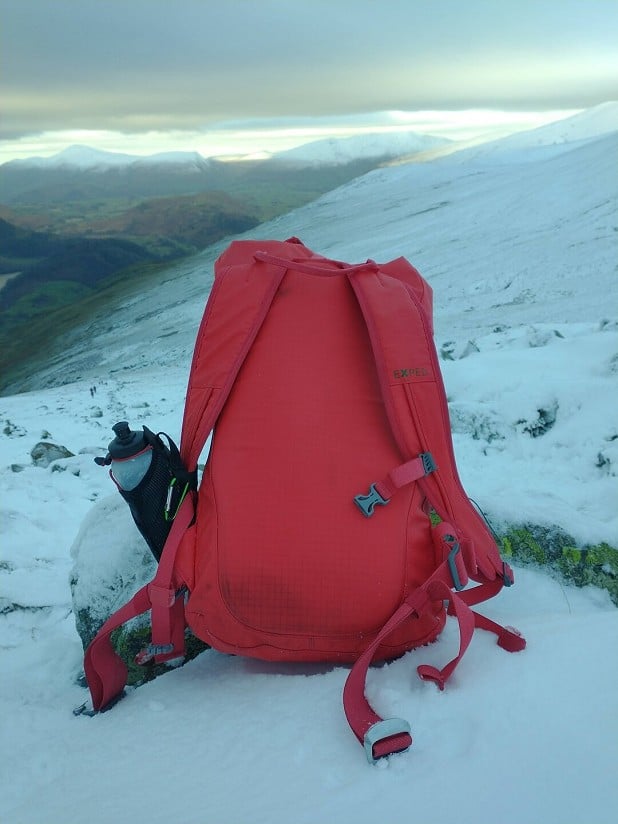
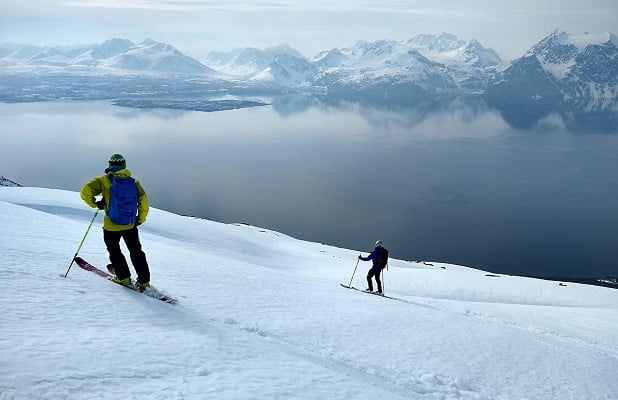

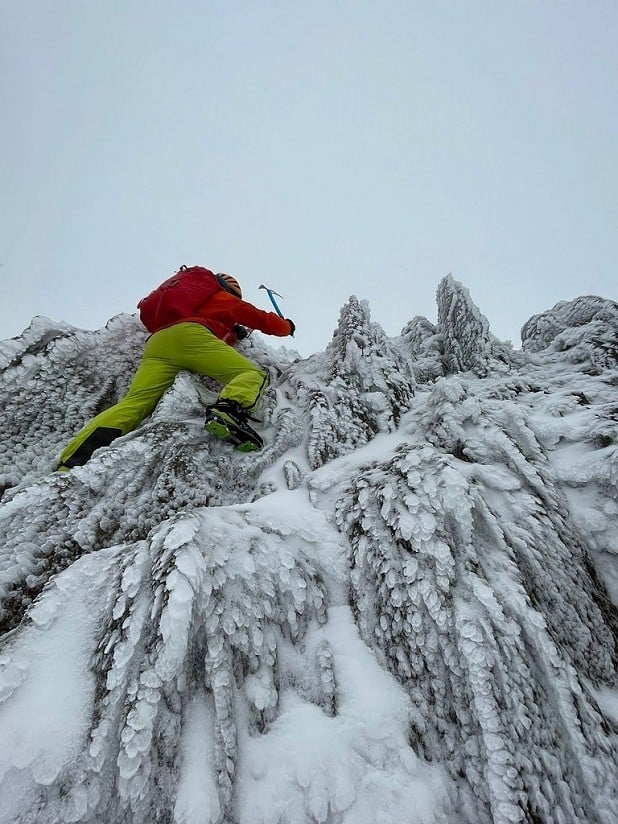
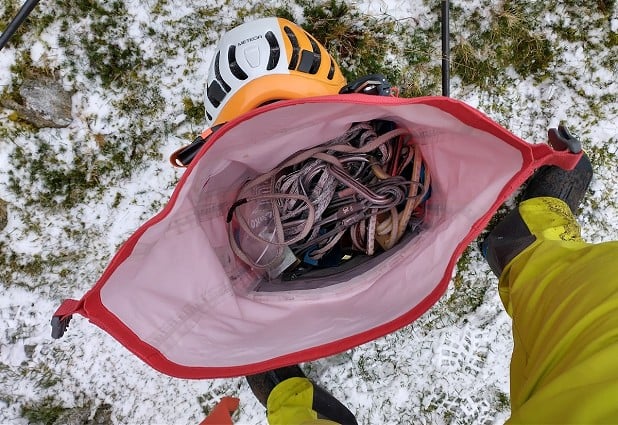
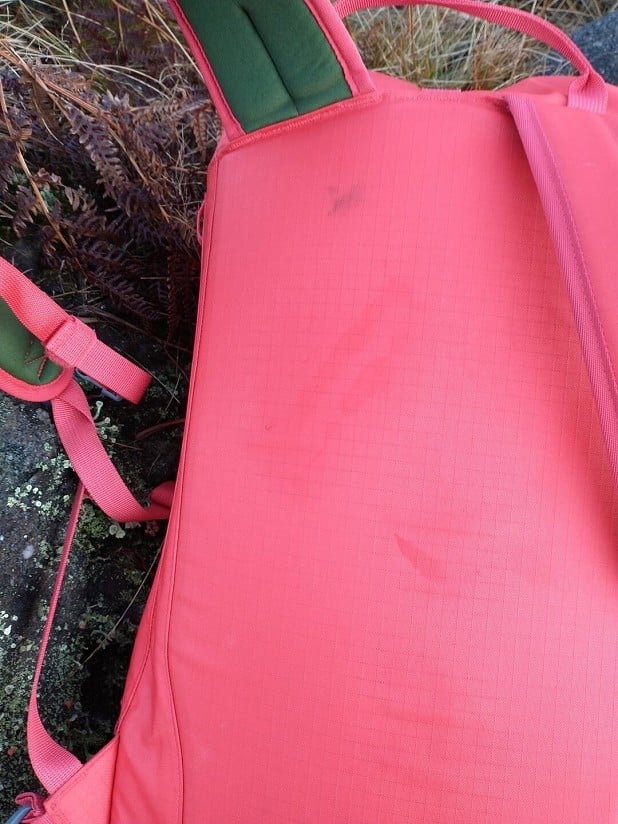
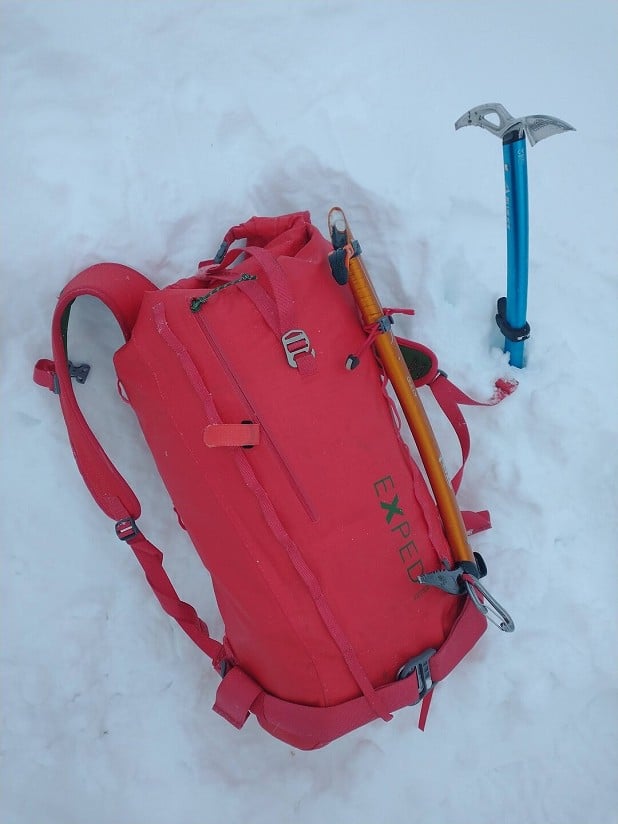

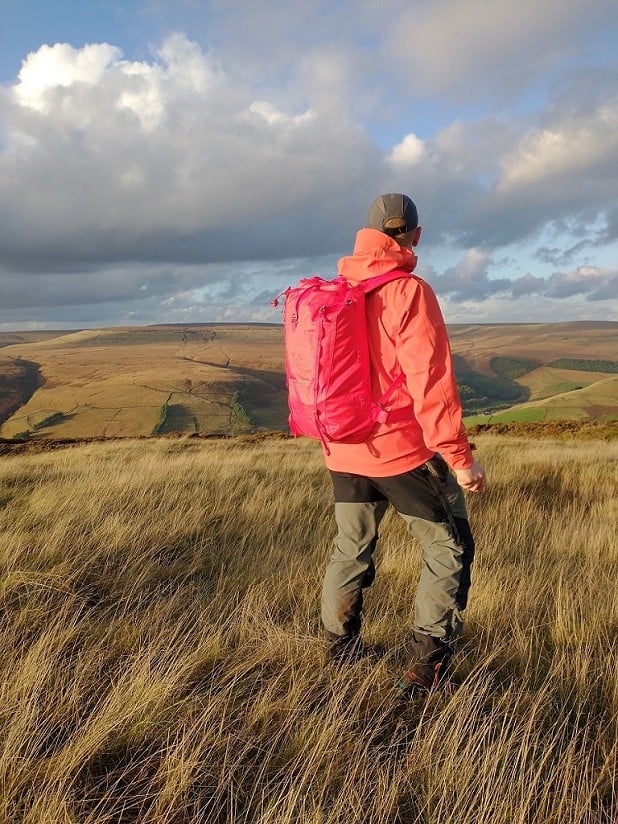
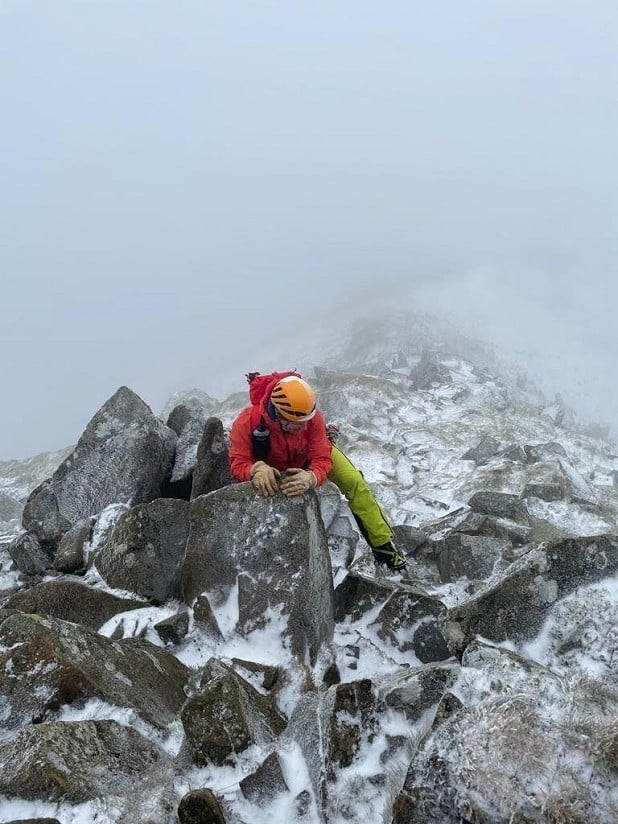
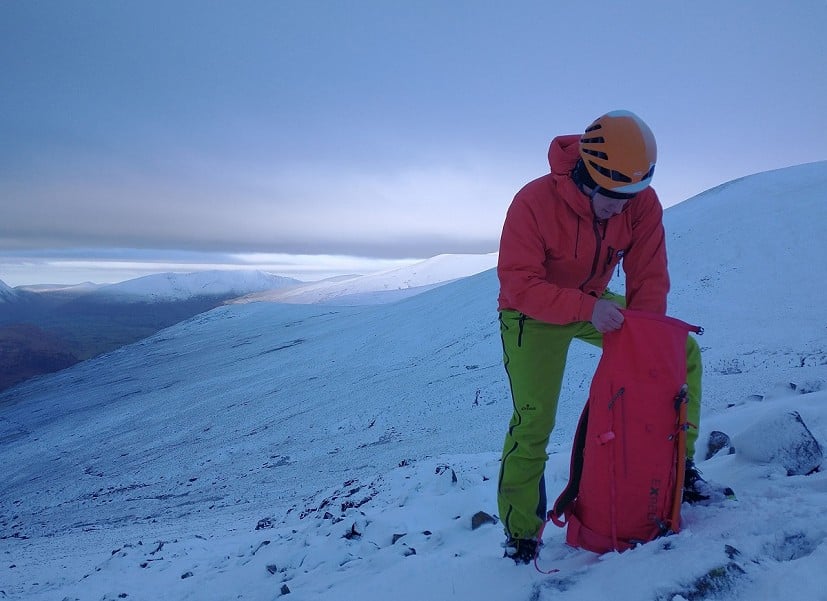
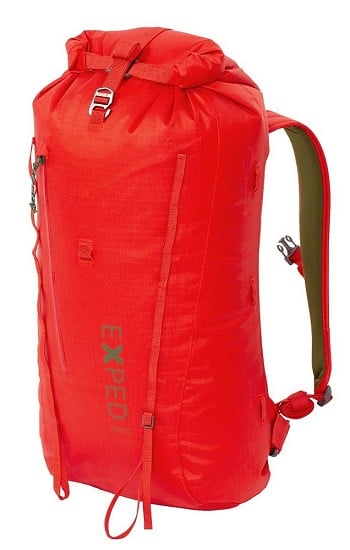


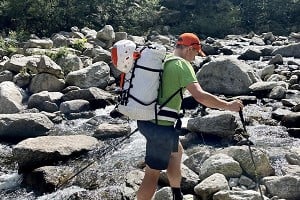

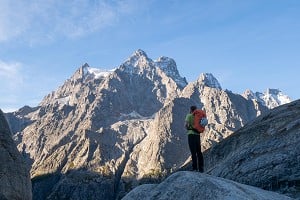
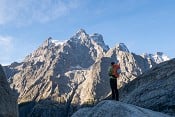
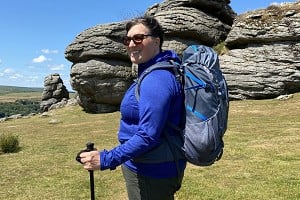
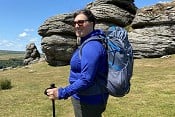
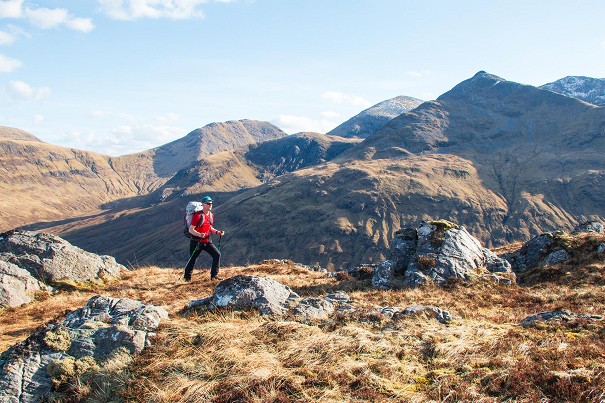
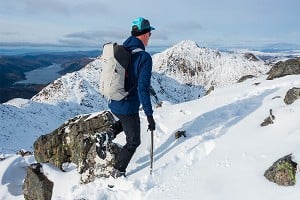
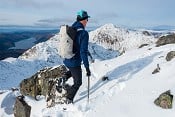
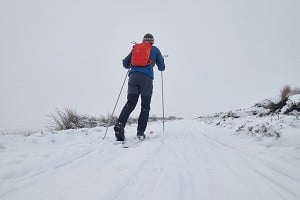
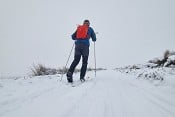




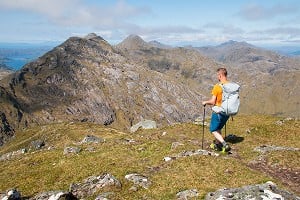
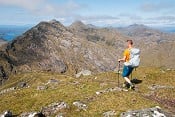
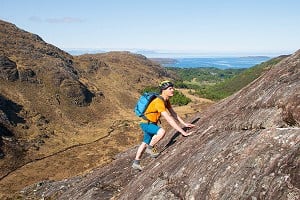



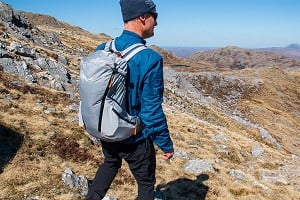
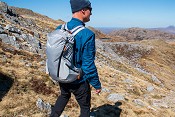
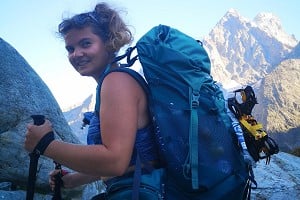
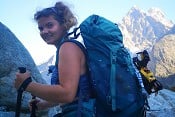

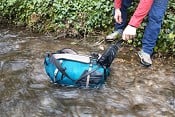

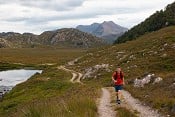
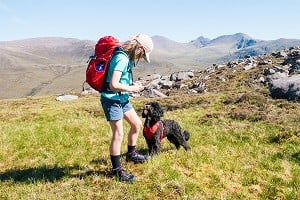
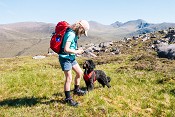
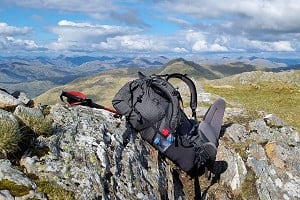
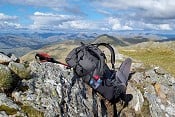
Comments